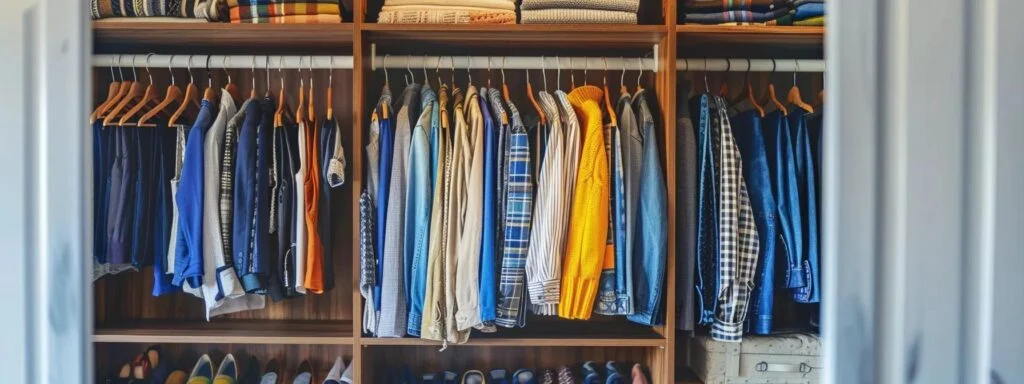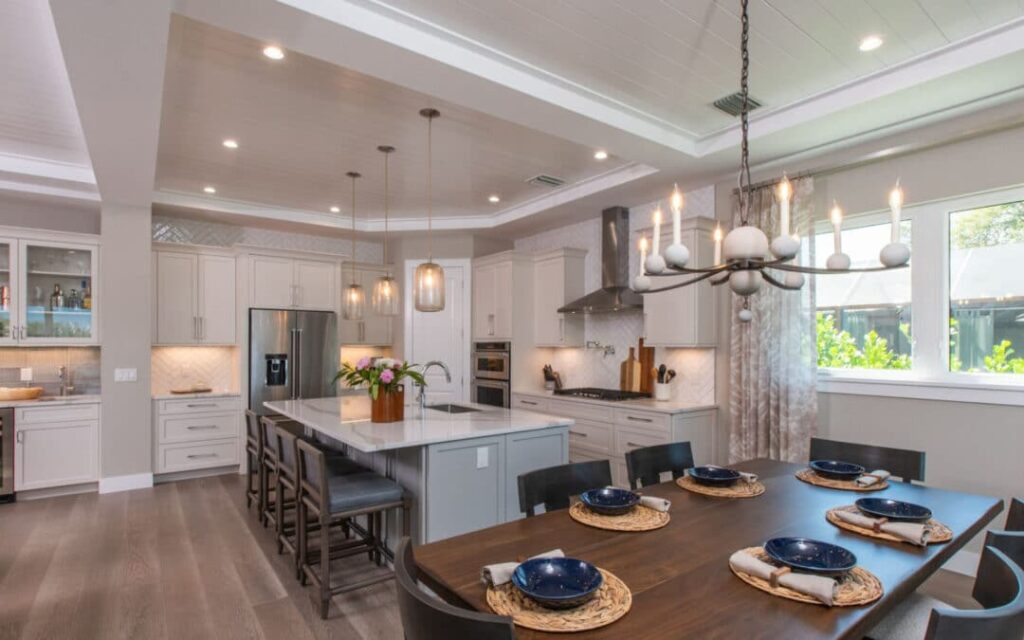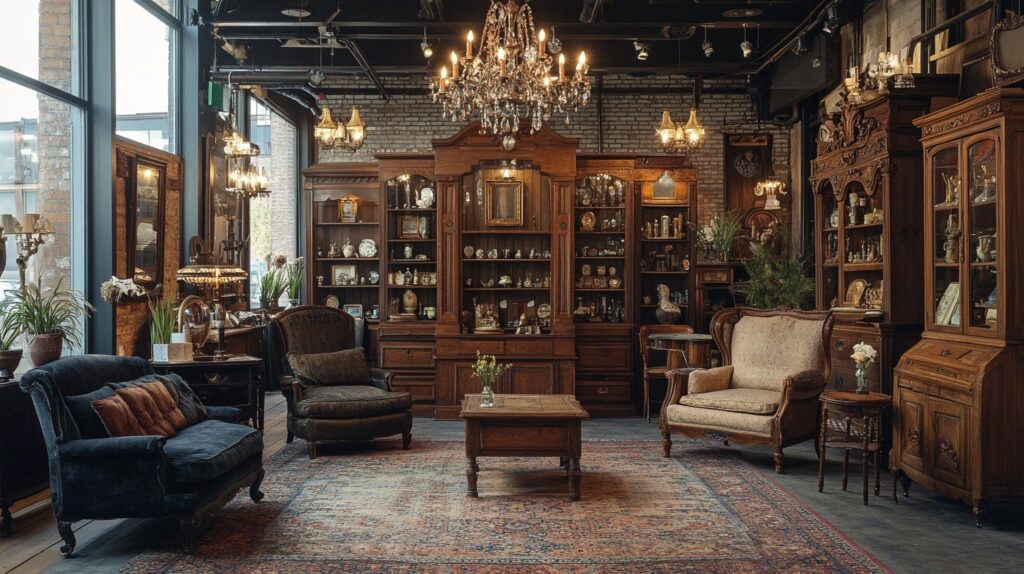Colors are more than just decorative choices. They shape how we perceive spaces, influence our mood, and affect our daily well-being. From the calming blues in a bedroom to the energizing yellows in a kitchen, the hues we choose for our homes play a vital role in how we feel in those spaces. Understanding the basics of color psychology in home design empowers you to create a home that uplifts your spirit, brings comfort, and supports your lifestyle.
In this article, we’ll explore how different colors impact mood, practical ways to use them in interior design, and smart tips for selecting hues that reflect your personality while improving emotional balance.
The Science of Color Psychology in Home Design
Color psychology focuses on how specific shades influence emotions and behavior. While personal taste and cultural background affect interpretation, research shows that certain colors tend to have universal effects. For example, warm hues like red and orange often evoke energy and passion, while cooler shades like blue and green bring calmness and relaxation.
In interior design, colors can work subconsciously to change how large or intimate a space feels. Light colors typically make small rooms feel more open and airy, while dark tones add depth and sophistication. When used with intention, colors can create a home environment that supports mental health, productivity, and positive emotions.
Warm Colors: Energizing and Comforting
Red: Passion and Vitality
Red is the color of energy, excitement, and intensity. It stimulates conversation, raises energy levels, and creates a sense of warmth. In home design, red works best in spaces meant for activity and connection, such as dining rooms or living areas. However, too much red can feel overwhelming, so balance it with neutral tones or use it as an accent.
Orange: Warmth and Sociability
Orange is cheerful and inviting. It combines the energy of red with the friendliness of yellow, making it perfect for social spaces like living rooms or kitchens. It encourages creativity and enthusiasm, making it a great choice for a home office or creative workspace.
Yellow: Optimism and Brightness
Yellow symbolizes happiness and optimism. It reflects light beautifully, making spaces look more open and lively. A soft yellow kitchen or breakfast area can create a sunny, welcoming environment. It’s important to avoid overly bright shades, which can feel overstimulating, and instead choose warm, golden tones for balance.
Cool Colors: Relaxing and Refreshing
Blue: Calmness and Serenity
Blue is one of the most popular choices in home design because of its universally calming effect. Light blues create a sense of tranquility, perfect for bedrooms or bathrooms where relaxation is key. Darker blues add elegance and depth, making them suitable for dining rooms or living areas. Blue also supports focus and productivity, which makes it an excellent choice for home offices.
Green: Harmony and Renewal
Green represents balance, nature, and growth. It’s an excellent choice for almost any room since it blends the restful qualities of blue with the energy of yellow. In living rooms, it fosters harmony and relaxation; in kitchens, it feels fresh and rejuvenating. A muted sage green bedroom can bring a sense of grounding peace, while brighter greens add liveliness in creative spaces.
Purple: Creativity and Luxury
Purple has long been associated with luxury, sophistication, and spirituality. Soft lavender tones soothe the mind, making them suitable for bedrooms or meditation spaces. Deeper shades like royal purple or eggplant can add drama and richness to living or dining rooms. When paired with metallic accents, purple creates a truly regal atmosphere.
Neutral Colors: Versatile and Timeless
White: Purity and Freshness
White represents clarity, simplicity, and light. It’s often used to create a sense of spaciousness and cleanliness, making it an essential base color in modern home design. White walls act as the perfect backdrop for colorful furniture, art, or accent accessories. Layering different shades of white and cream can also give a room dimension without overwhelming the space.
Gray: Balance and Sophistication
Gray is both refined and versatile. Depending on the undertone, it can feel cool and modern or warm and inviting. Gray works particularly well in living rooms and bedrooms where subtlety and calmness are desired. Layering grays with soft textiles creates a serene yet rich atmosphere.
Beige and Earthy Tones: Comfort and Warmth
Earthy hues like beige, taupe, or terracotta bring a sense of grounding into the home. These colors are especially effective in creating cozy, welcoming spaces. They blend seamlessly with natural materials like wood and stone, making them ideal for rustic or bohemian design styles.
Room-by-Room Guide to Color Psychology
Living Room: Inviting and Warm
The living room is the heart of the home where family and friends gather. Warm shades like soft yellows, earthy neutrals, or hints of orange can create a welcoming environment. Accent colors like green or blue can balance out warmth with freshness.
Bedroom: Calm and Restorative
Since the bedroom is meant for rest, cool colors like soft blues, greens, or lavenders are excellent choices. These hues reduce stress and promote relaxation, helping you unwind for a better night’s sleep. Avoid overly stimulating shades like intense red or bright orange, which may interfere with calmness.
Kitchen and Dining Area: Energizing and Bright
The kitchen benefits from lively hues such as yellows, oranges, or fresh greens. These shades encourage conversation and appetite. A pop of red in accessories or chairs can energize the room without overpowering it. For a modern touch, neutral tones combined with colorful backsplashes add charm and vibrancy.
Home Office: Focused and Productive
For productivity, choose colors that promote concentration without creating stress. Soft blues and greens encourage focus, while muted yellows foster creativity. Avoid overly dark shades that may make the space feel heavy or demotivating.
Bathroom: Clean and Refreshing
Bathrooms benefit from crisp, clean shades like whites, light blues, or soft greens. These tones create a spa-like atmosphere, ideal for relaxation. Adding natural textures such as wood or stone alongside these colors enhances the refreshing effect.
Tips for Choosing the Right Colors
- Consider Natural Light: Rooms with plenty of sunlight can handle darker or bolder colors, while dimly lit rooms benefit from lighter shades.
- Balance Warm and Cool Tones: Combining warm and cool hues creates harmony. For example, a warm beige sofa with cool blue cushions strikes a perfect balance.
- Start with a Neutral Base: Use neutral walls or flooring, then bring in personality with colorful furniture, art, or textiles.
- Test Before You Commit: Paint small sections of the wall with different samples and observe them at different times of the day. Colors often change with lighting conditions.
- Let Personality Shine: While psychology offers guidelines, your home should reflect who you are. Pick colors that make you feel comfortable and happy.
Trends in Color Psychology and Home Design
Recent interior design trends emphasize creating homes that are not only beautiful but also emotionally supportive. Some popular approaches include:
- Biophilic Design: Incorporating natural greens and earthy tones to strengthen a connection with nature.
- Minimalist Palettes: Soft whites, grays, and neutrals that promote calmness and focus.
- Bold Accents: Vibrant yellows, reds, and teals used strategically to add energy without overwhelming the space.
- Mindful Homes: Color selection aimed at supporting mental well-being, especially in multipurpose spaces like home offices or wellness rooms.
Conclusion
Color psychology in home design is about more than aesthetics—it’s about feeling good in the spaces you live in. The colors you choose have the power to energize, relax, inspire, or comfort, depending on how you use them. By understanding the emotions each hue evokes, you can design a home that supports your lifestyle and enhances your mood.
Whether you’re looking to create a cozy retreat with calming blues and greens, a vibrant kitchen with energizing yellows, or a sophisticated living room with neutral tones, the right color palette will transform your home into a sanctuary that reflects both function and personality.
So the next time you pick up a paintbrush or shop for décor, consider how the hues will shape not just your space but also your everyday well-being.
Call-to-Action
Ready to transform your home with the power of color psychology? Start by envisioning how you want each room to feel and select hues that bring that mood to life. Small changes—like a fresh wall color, vibrant rug, or accent décor—can make a big emotional impact. Let your home reflect the best version of you.





